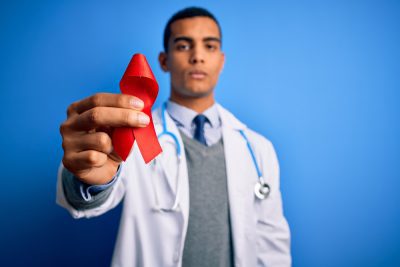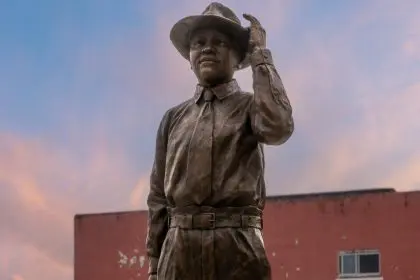 Why are African Americans, particularly black women, so disproportionately infected with HIV and AIDS in the U.S.? More importantly, why do blacks still seem to exemplify a laissez-faire attitude about the devastating disease, and what is being done to prevent and treat the malady?
Why are African Americans, particularly black women, so disproportionately infected with HIV and AIDS in the U.S.? More importantly, why do blacks still seem to exemplify a laissez-faire attitude about the devastating disease, and what is being done to prevent and treat the malady?
According to the Centers for Disease Control and Prevention, the first cases of AIDS in women were documented in 1983 when the country viewed the disease as mainly an ailment that affected white gay men and intravenous drug users. It’s no coincidence that the first two documented cases of AIDS in women were a black and a Latina.
The seriousness of the AIDS epidemic still failed to alarm the majority of African Americans in the 1980s and 1990s when high-profile black celebrities became infected with HIV or died of AIDS. Max Robinson, the first black news anchorman, was one of the first African American celebrities to openly admit his status shortly before he died in 1988. His death was followed by that of tennis star Arthur Ashe, who died from AIDS in 1993, and the rapper Eazy-E, who died in 1995.
There was a short break from the apathy toward AIDS when the most famous HIV victim, Magic Johnson, was diagnosed with AIDS in 1991. His assertion that HIV “can happen to anyone” represented a greater understanding that AIDS was not just a ‘gay’ disease.
But the attention span to HIV and AIDs was tragically short, and the reckless lifestyle commenced soon thereafter. This is despite the fact that black men made up a large percentage of the early AIDS cases.
But why are HIV and AIDS so prevalent in black America?
Following are some of the reasons.
–terry shropshire











